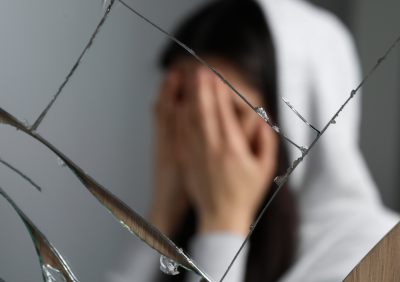
At 22 years old, I was diagnosed with uterine fibroids following a series of alarming health events. I experienced three separate emergency room visits within a week due to extremely heavy menstrual bleeding and the passage of large blood clots, some the size of my fist.
Despite the severity of the bleeding, which subsided by the time I reached the hospital on each occasion, initial diagnoses proved elusive. During the first visit, a few tests were conducted, and I was discharged. The second visit, on a Wednesday, resulted in a brief period of unconsciousness due to blood loss. I was admitted to the hospital overnight, but the bleeding subsided, and doctors opted against further intervention, citing uncertainty about the cause.
On the following Friday, I awoke to find myself lying in a pool of blood in my bed. As I attempted to change my sanitary protection, I fainted. I regained consciousness to find my son’s father assisting me while emergency medical services arrived.
During the second and third ER visits, I required multiple blood transfusions. Finally, during the third visit, doctors identified uterine fibroids as the underlying cause and proceeded with a uterine fibroid embolization (UFE) procedure.
I was informed that the UFE procedure carried a risk of infertility, a risk I was willing to accept to stop the life-threatening bleeding. Hysterectomy was not discussed as a treatment option prior to the UFE.
Fortunately, the risk of infertility did not materialize. I subsequently became pregnant but unfortunately experienced a miscarriage. However, I have since given birth to two healthy children and am currently in my third trimester with my third child.
At 30 years old, I have experienced no further complications related to the UFE procedure, which I believe saved my life.
Are you at risk?
Get the latest information about fibroid research, symptoms and treatment.







